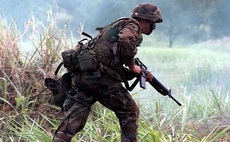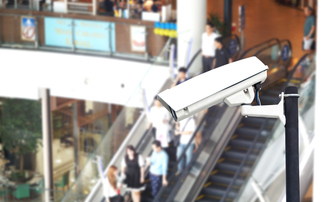The range of knowledge and skills required can't be embodied in a single, dedicated team, suggests Jones
Organisations embarking on Internet of Things (IoT) projects should resist the temptation to put together dedicated teams and should instead put together teams embodying knowledge and skills from a...
To continue reading this article...
Join Computing
- Unlimited access to real-time news, analysis and opinion from the technology industry
- Receive important and breaking news in our daily newsletter
- Be the first to hear about our events and awards programmes
- Join live member only interviews with IT leaders at the ‘IT Lounge’; your chance to ask your burning tech questions and have them answered
- Access to the Computing Delta hub providing market intelligence and research
- Receive our members-only newsletter with exclusive opinion pieces from senior IT Leaders


















